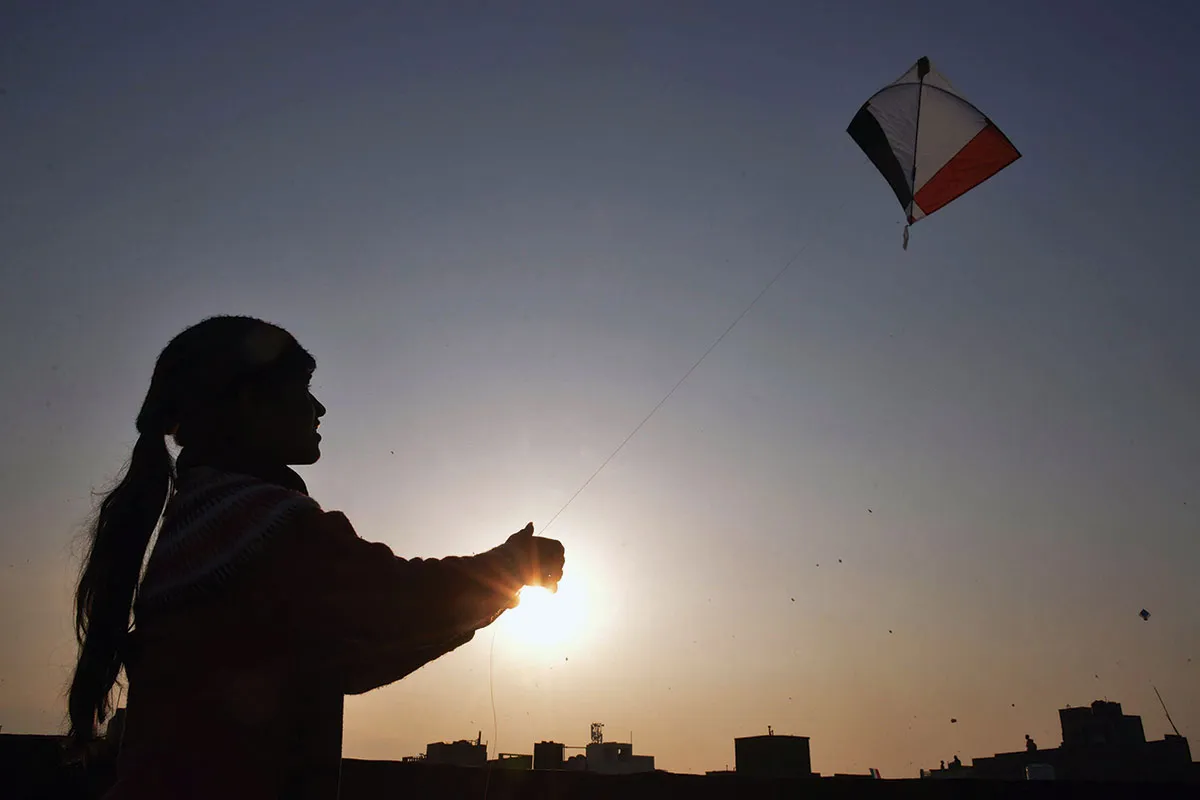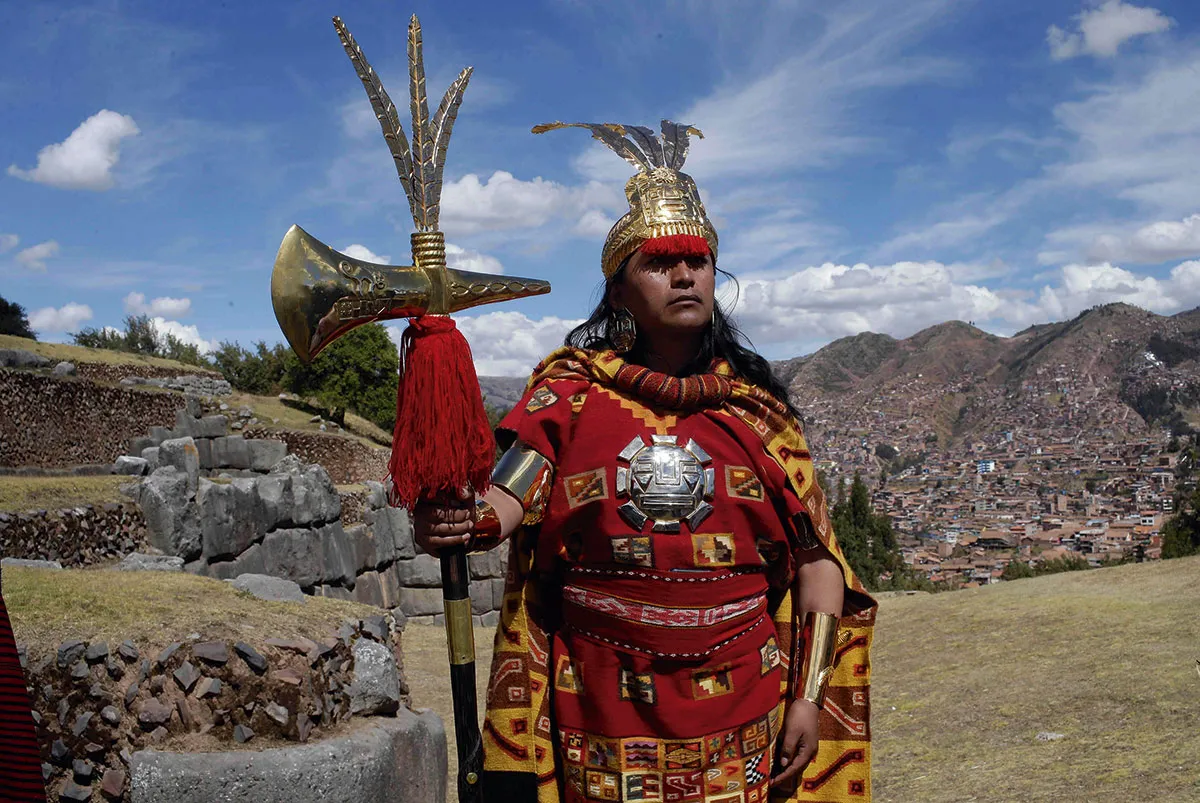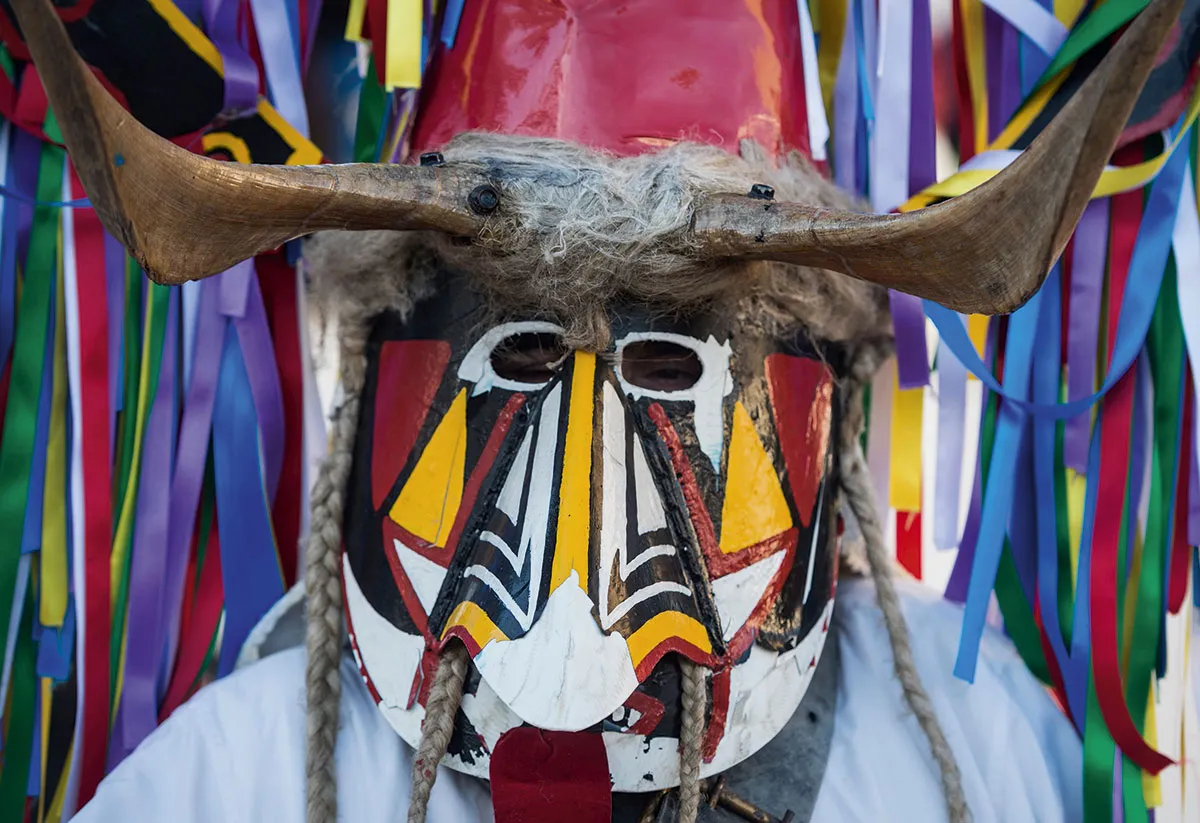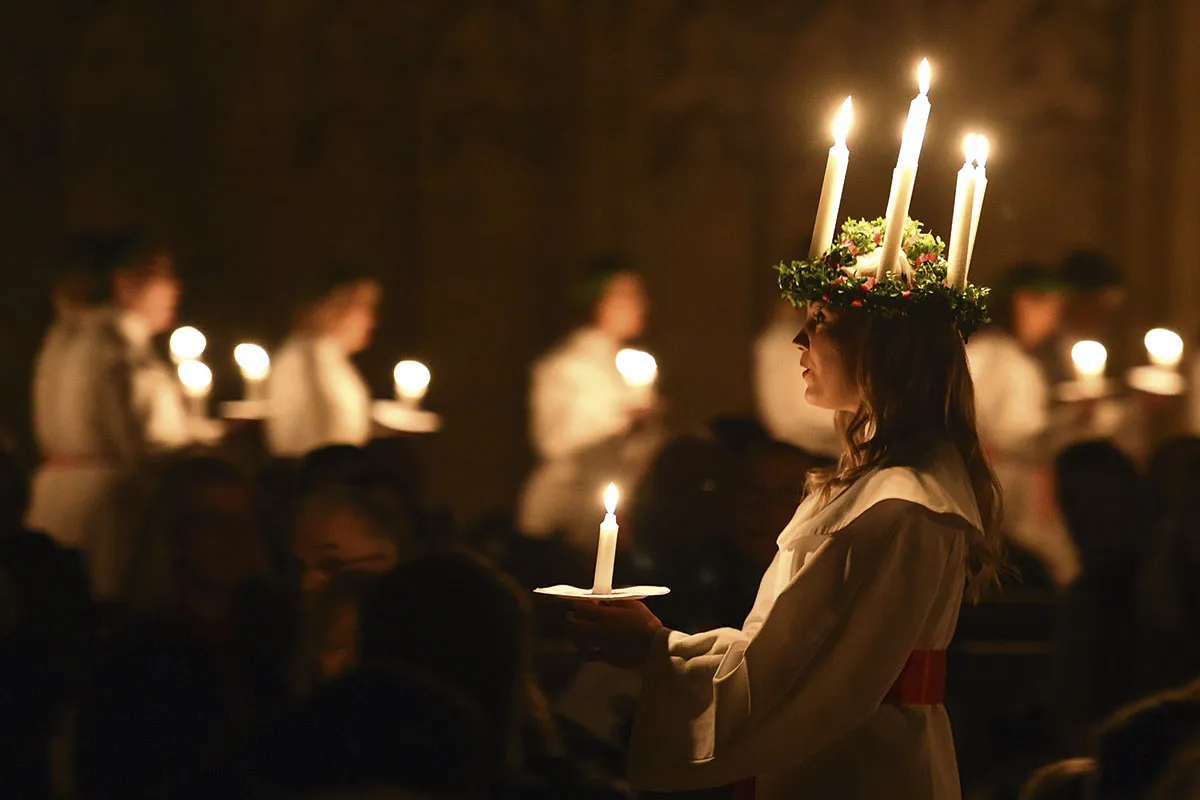Christmas was cancelled last year for many of us. Just in case this year suffers the same fate, we’ve rounded up a selection of winter solstice celebrations from around the globe. After all, you can’t abolish an astronomical event!
Willkakuti celebration, Bolivia

Roman pagans celebrated the shortest, darkest day, or winter solstice, on 25 December, welcoming the longer daylight hours ahead. This is probably why we celebrate Christmas on this date; not because it was Jesus’ birthday.
As astronomy presenter Colin Stuart explains: “Before temples made way for telescopes, many civilisations saw the Sun as a god. On the winter solstice… they figured that the deity was furthest from the Earth and so did all they could to beckon it back again to warm and sustain them for the year ahead.”
We now know the astronomical reason for the solstice: the Earth is tilted on its axis. On 21 December, in the northern hemisphere, the Earth receives the least light it will get all year because it is most tilted away from the Sun, while the southern hemisphere has its winter solstice in June.
Bolivians celebrate Willkakuti (‘return of the Sun’) on the 21 June, coinciding with New Year for the Amayran people of the Andes. The ruins at Tiwanaku are a popular place to greet the dawn, as the Sun appears through the entrance of a pre-Incan temple.
Lohri Festival, India

In Hinduism, the Sun god Surya is a chariot-riding deity. Surya also refers to the Sun and the early astronomy text the Sûrya Siddhânta, which describes the motions of the planets and the Moon. However, Indian solstice celebrations relate more to astrology than to astronomy, with the bonfire festival known as Lohri falling on 13 January, when the Sun is about to transit from the constellation of Sagittarius into Capricorn. The following day is Makar Sankranti, which marks the start of spring.
Besides being a chance to usher in a new season, these festivals now provide an outlet for India’s love of kite-flying. In 2020, locked-down Indians bought kites in their millions to fly from their roofs and terraces; by Lohri 2021 some kite sellers were complaining of running out of stock.
Inti Raymi Festival, Peru

Countries that sit nearer to the equator, like Peru, experience a softer sort of solstice – the days never get that short or dark. But this doesn’t dim the Peruvians’ celebrations. Held on 24 June, Inti Raymi is named after Inti, the Incan Sun god.
Stuart refers to it as his favourite solstice celebration. Why? “They get their mummified ancestors out of their tombs for the day and loft them through the streets,” he says. It’s true – or, at least, it was for the Incas, who would gather at the plaza in the Incan capital Cusco, having collected their dead.
They would then continue this party with ritual sacrifices to Inti, involving hundreds of llamas. Today, the festival’s colourful dresses and dances entertain a crowd of thousands in what’s touted as a re-enactment of the ancient gore-fest, albeit minus the mummies and with just one (mock) llama sacrifice.
Entrudo Carnival, Portugal

The Romans celebrated Saturnalia, dedicated to the god Saturn, between 17 and 23 December. It was a sort of late harvest festival associated with feasting and fertility. Confusingly, this is considered to be one of several holidays that may have given birth to Shrove Tuesday, when in the UK people feast on pancakes before the Lent fast.
It is also thought to have influenced the tradition of Entrudo, meaning ‘entry’ (into Lent), which began in Portugal in the 13th Century. Though Entrudo takes various forms in different regions, it has often involved chauvinistic rituals, as well as general misbehaviour such as throwing buckets of water and flour. In the village of Lagoa, the men dress in white shirts and red skirts with striped aprons and wear masks known as campina (pictured). Despite its questionable origins, Entrudo is currently having a revival.
Burning the Clocks Festival, UK

A modern solstice festival, Burning the Clocks in Brighton, UK, isn’t exactly steeped in ancient tradition – it only started in 1994 – but visually it does have a touch of the pagan about it. Every year, local community groups pour their energies into creating hundreds of paper lanterns, clocks and representations of mystical figures so that they can march them down the main street before ritually burning them in one giant bonfire on the beach.
The parade is organised by the arts charity Same Sky, whose artistic director is John Varah. He says the solstice was chosen because it has significance in many traditions but is “owned by none”. As for the clocks, they symbolise the enemy or the governor. “So at the end of the solar year, we burn these symbols,” says Varah. The parade was cancelled in 2020 due to COVID-19 restrictions, but local shops and public spaces hosted a lantern trail instead.
Santo Tomás Festival, Guatemala

Due to its vicinity to the equator, Guatemala’s winter solstice, like Peru’s, is much less extreme than what we experience closer to the poles. Even in mid-winter, there are still 11 hours of sunlight, which just equates to more time for partying, particularly in the otherwise quiet town of Chichicastenango.
In December, ‘Chichi’ bursts into life, celebrating for a full week ahead of 21 December, with dancing, colourful costumes and pole-flying, an apparently ancient tradition passed down from the town’s Mayan ancestors. The pole-flyers or ‘palo voladores’ are masked marimba dancers dressed as monkeys or jaguars, who climb a death-defyingly tall pole and then spin from it by ropes attached to the top.
Other dances include an adapted Mayan fertility ritual and a dance to honour the town’s Christian patron saint, Saint Tomás. While this all seems somewhat far-removed from the solstice, its roots are in the customs of the Maya people who worshipped the Sun as a god and were fascinated with its movements. A few hours north, Mayan ruins hidden in the jungle at Ceibal include some of the oldest known solar observatories.
St Lucia’s Day, Sweden

It’s no wonder the returning light is cause for celebration in Sweden, where in the depths of December the Sun can rise and set between breakfast and lunch. Here, the transition towards longer days is marked by parades of gowned children bearing candles. They are led by St Lucia, ‘the bearer of light’.
In the Italian tradition, St Lucia was a Christian martyr who wore candles on her head to light her way around the catacombs of Rome, where she delivered food to persecuted Christians, but in Sweden, she seems to have been adopted to embody the pagan Sun goddess Sunna.
Megan McQuilton, who moved from the UK to Åsele in Swedish Lapland in 2018, says St Lucia is a “massive” deal for the locals. “It’s a cultural tradition they keep up like Christmas and definitely a celebration that we will be going into lighter times,” McQuilton explains. The candlelit procession and feast day take place on 13 December, when the Italian Lucia was supposedly killed by Roman guards. The Swedes celebrate by eating sweet saffron buns called lussekatter and drinking mulled wine (glögg).
- This article first appeared inissue 371ofBBC Science Focus Magazine–find out how to subscribe here
See more amazing photo galleries: